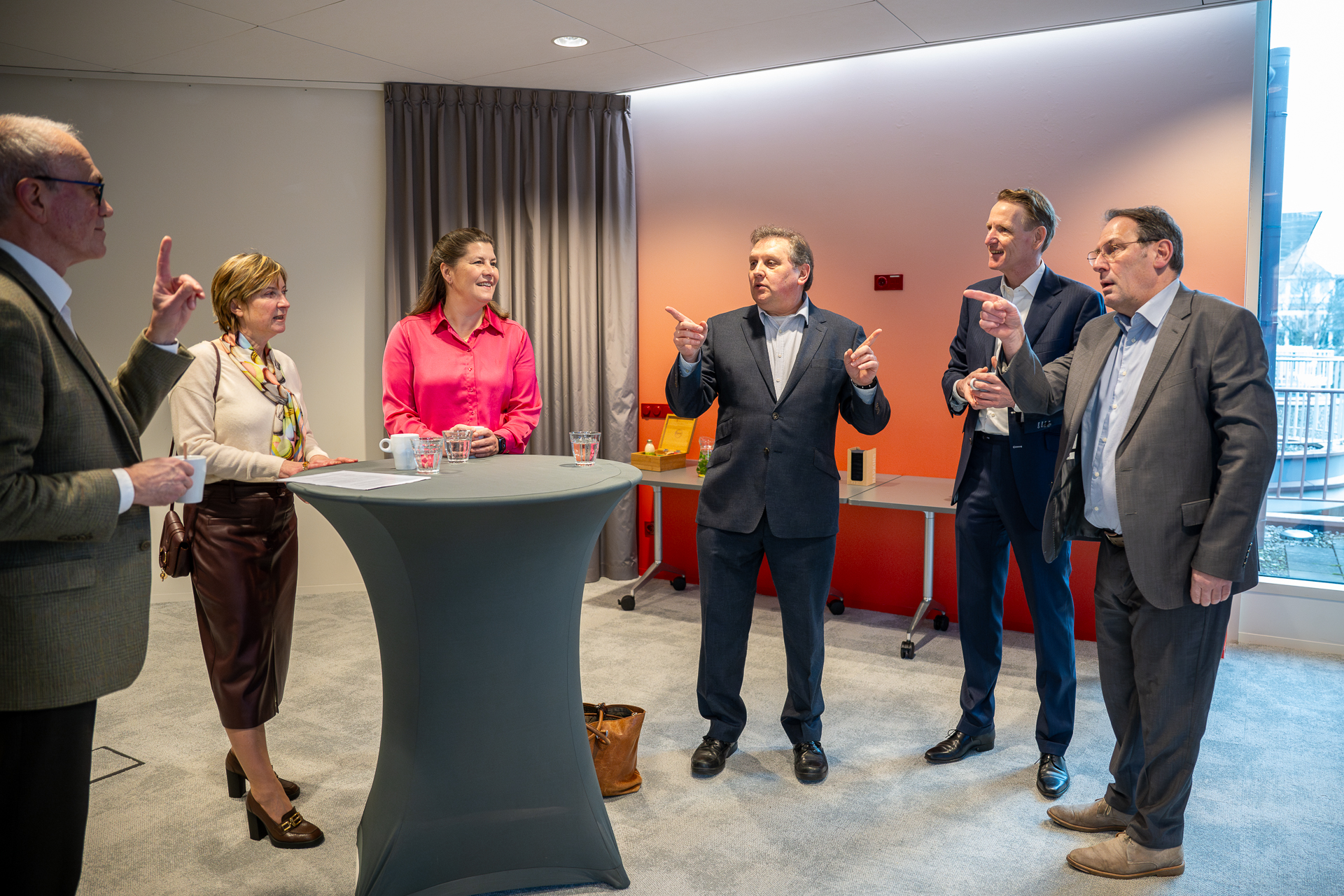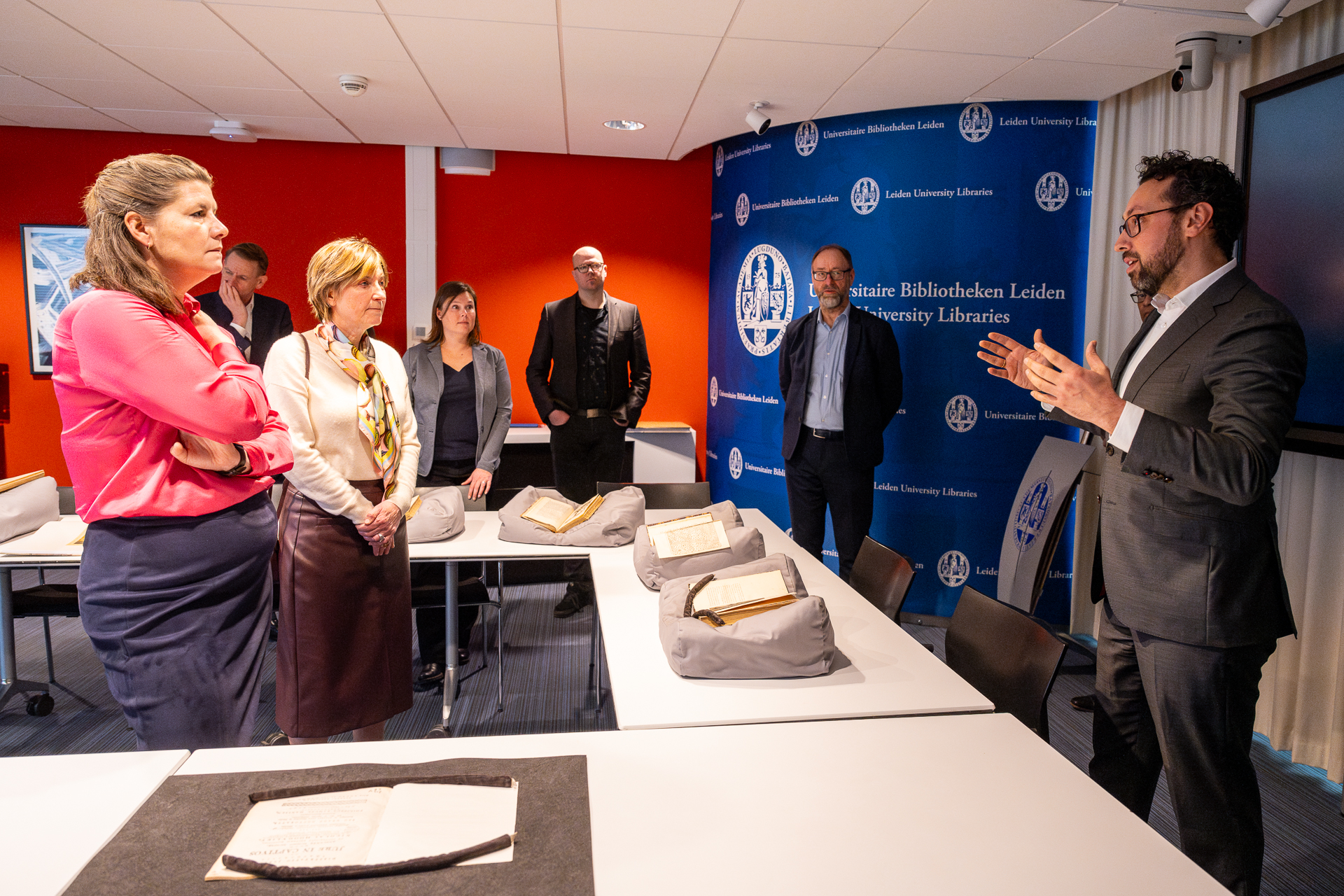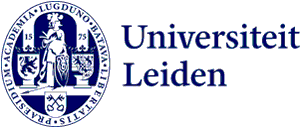
State Secretary Gräper visits to discuss cultural heritage and opening up collections
How should we address our colonial heritage? And how digital and accessible are our collections? Outgoing State Secretary Fleur Gräper spoke with researchers and heritage specialists at Leiden University Library on 25 January about the role of heritage for society.
‘Researchers and students all over the world use our collections’, said Marco de Niet, deputy director of University Libraries Leiden (UBL). Standing in the Asian Library he summed up the extent of the collection: 10 million books and kilometres of objects such as old maps, prints, photos and manuscripts.
Heritage has many forms
Heated discussions about heritage
‘What is your organisation’s role in society?’ asked Gräper, the outgoing State Secretary for Culture and Media. De Niet points to the many exhibitions and collaborations with partners such as museums at home and abroad. And many objects in collections are very relevant to current discussions in society, as Gräper and her team from the Ministry of Education, Culture and Science (OCW) would soon discover.
‘Heritage is also a construction: how you address it says something about how you view the past’, said Humanities Dean Mark Rutgers. He referred to the many studies on heritage and identity, for example, in disciplines ranging from linguistics to psychology. Gräper in turn mentioned the ‘heated discussions’ about who decides what heritage is. It helps when researchers explain the many layers and forms of heritage, she said.
Gaming in Mesopotamia
Gräper and her staff were then given the chance to see some powerful examples of this. Two archaeologists demonstrated their Past-at-Play Lab and their research on the games played by the ancient Mesopotamians. In their lab they get young people – often avid gamers – to play replicas of a five-thousand-year-old board game, thus immersing themselves in ancient cultures. ‘This brings together old and new gaming cultures’, said archaeologist Angus Mol, as he gave those present a chance to play.
-

L-r: Mark Rutgers, Annetje Ottow, Fleur Gräper, Marco de Niet, Remko de Haan, Jan Kolen -

Archaeologist Aris Politopoulus talks about game culture in ancient Mesopotamia. -

Historian Karwan Fatah-Black (right) explains how he is researching strategies used by enslaved people to escape enslavement. -

Guest curator Carl Haarnack talks about his large collection of books about Suriname and slavery, and how he works closely with the UBL.
Addressing our colonial heritage
Then it was time for a special pop-up exhibition on colonial heritage and Caribbean collections. Marieke van Meer (Head of Special Collections) and historian Alicia Schrikker (KITLV Chair) spoke about the often complex provenance research on objects from collections. They mentioned a friendship album belonging to an Indonesian soldier with photos and information that was secret at the time, which was taken by a Dutch soldier during the War of Independence. Researchers are now trying to track down his family, said Schrikker, who is also a member of the advisory committee on returning colonial artefacts
The pop-up exhibition also featured a rare map of Suriname with plantations and an archive of farmers in Suriname who originally came from Drenthe. Objects like these are being digitalised to make them available to the world, said UBL coordinator Garrelt Verhoeven. ‘It’s about access to history. Interaction also produces new stories.’
‘Interaction also produces new stories’
Freedom fighters
Gräper also had time to see an exhibition of books on slavery that played an important role in the emancipation of enslaved people. ‘We also want to focus on people who sought paths to freedom and the strategies they used’, said historian Karwan Fatah-Black. An important example of the power of storytelling is the rediscovery of Anton de Kom’s book ‘We Slaves of Suriname’. This Surinamese freedom fighter published an anti-colonial manifesto in 1934. But the book was not allowed to be distributed further, says Paul Day, a former member of the Surinamese Student Union. A fellow student discovered the book in the University Library’s collection in 1967. Day was there at the time and helped make copies that ensured the book would have an impact in Suriname after all. The Anton de Kom and the Surinamese Student Union exhibition at Museum De Lakenhal also showed this.
Seeing and discussing collections
President of the Executive Board Annetje Ottow concluded by presenting the State Secretary with a particularly large facsimile of ‘Journey to Suriname’ by P.J. Benoit. ‘I hope that we have shown that our collection is not only to be seen in darkened rooms but that we emphatically make sure it can be viewed and discussed far beyond them. And good cooperation with OCW is an important part of this,’ says Ottow. Gräper and her OCW staff agreed. ‘I’m impressed with all the stories. They show how differently heritage has been viewed over the centuries’, said Gräper.
Text: Linda van Putten
Photos: Monique Shaw
